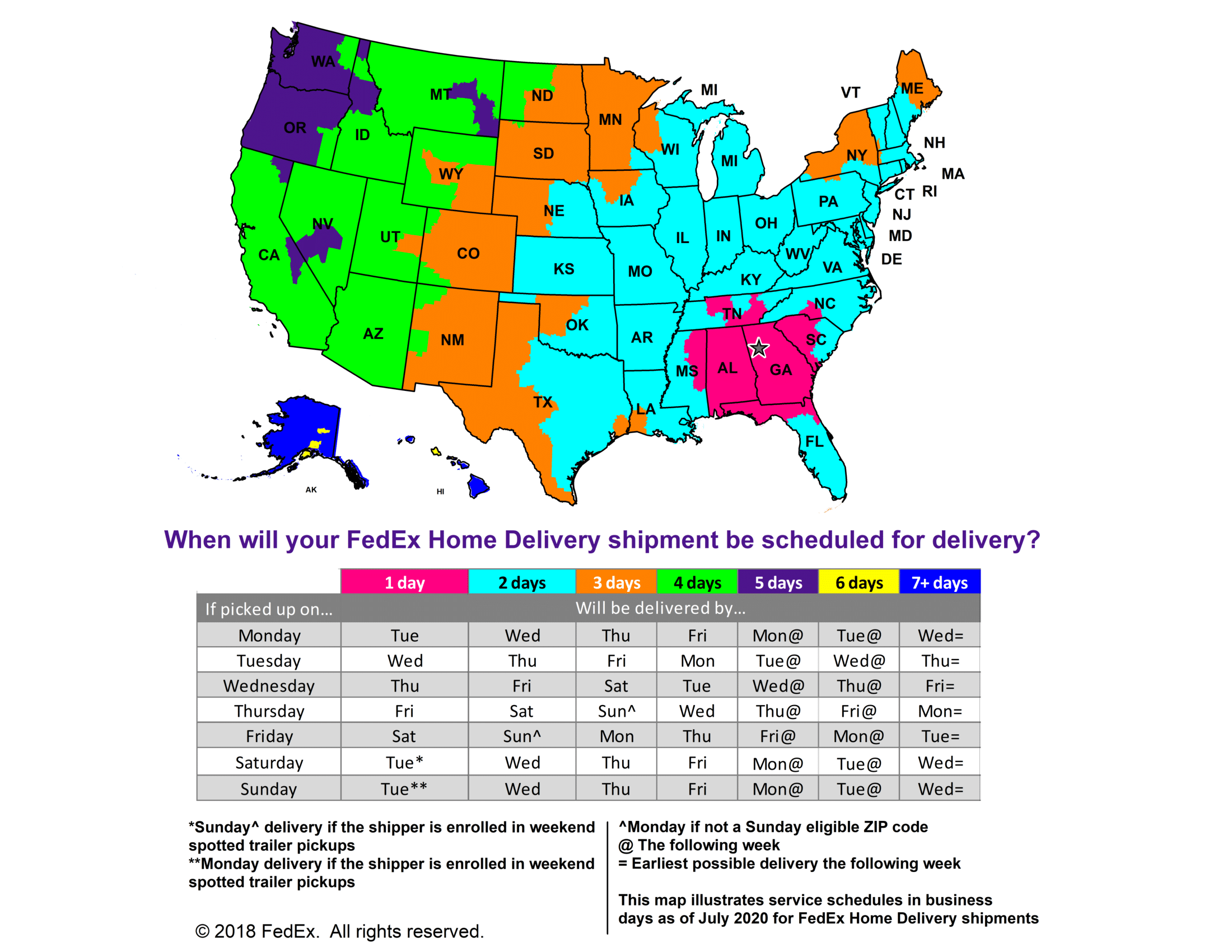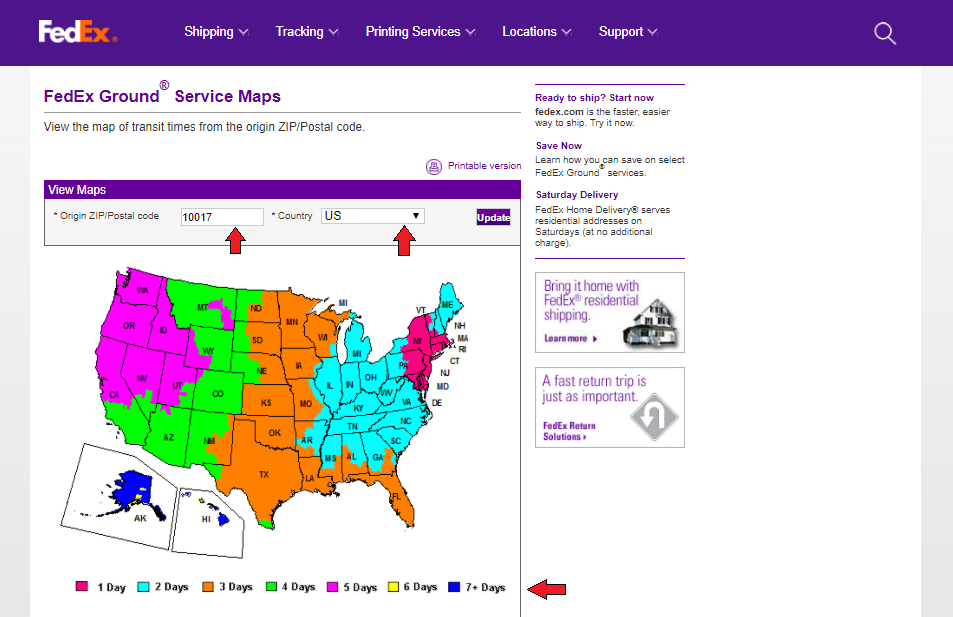
Shipping Zones by CarrierĮach carrier sets its own shipping zones. See below for ways to reduce your shipping costs. That’s particularly true if you’re shipping a high volume of eCommerce orders. An order going to Zone 2 will use less gas, driver time, and wear and tear on equipment than one shipping to Zone 7.ĭifferences in pricing for different zones can add up. Shipping zones allow delivery companies to charge the right amount for each package delivered. For example, a 5-pound package shipped by FedEx Ground costs $9.87 to ship to Zone 2, $12.92 for Zone 5, and $14.97 for Zone 8. Miles from point of origin to delivery addressĮach shipping zone represents a different price. FedEx breaks down its zones by distance like this: The ZIP codes used to determine shipping zones are a proxy for distance. The further your fulfillment warehouse is from your customer, the higher the zone. The simplest way to explain zones is the distance between two points. A map showing shipping zones will be different for each point of origin. That is Zone 8 for a UPS package shipped from Knoxville. A shipment to a ZIP code starting with 970 would go to the West Coast.

Those deliveries wouldn’t travel far from the point of origin. ZIP codes with the first three digits of 376-379 are in Zone 2 for UPS. Each zone includes a set of ZIP codes.įor example, if a package originates at Red Stag Fulfillment’s Knoxville warehouse, the origin ZIP code starts with 377. The higher the zone, the farther it is from the point of origin. Each zone is within a certain distance range from your point of origin. Shipping Zone DefinitionĪ shipping zone is a segment of delivery territory. When you use zones to your advantage, you can reduce shipping costs and even offer free shipping.

Zones affect your fulfillment costs and delivery time.Ī clear understanding of shipping zones should inform your fulfillment strategy.

In the continental US, most carriers break down the country into seven shipping zones, (numbered 2-8).ĮCommerce businesses need to pay attention to shipping zones. Zones relate closely (but often not exactly) to distance traveled. Carriers such as FedEx, UPS, and USPS use shipping zones to determine the shipping cost of a package.


 0 kommentar(er)
0 kommentar(er)
